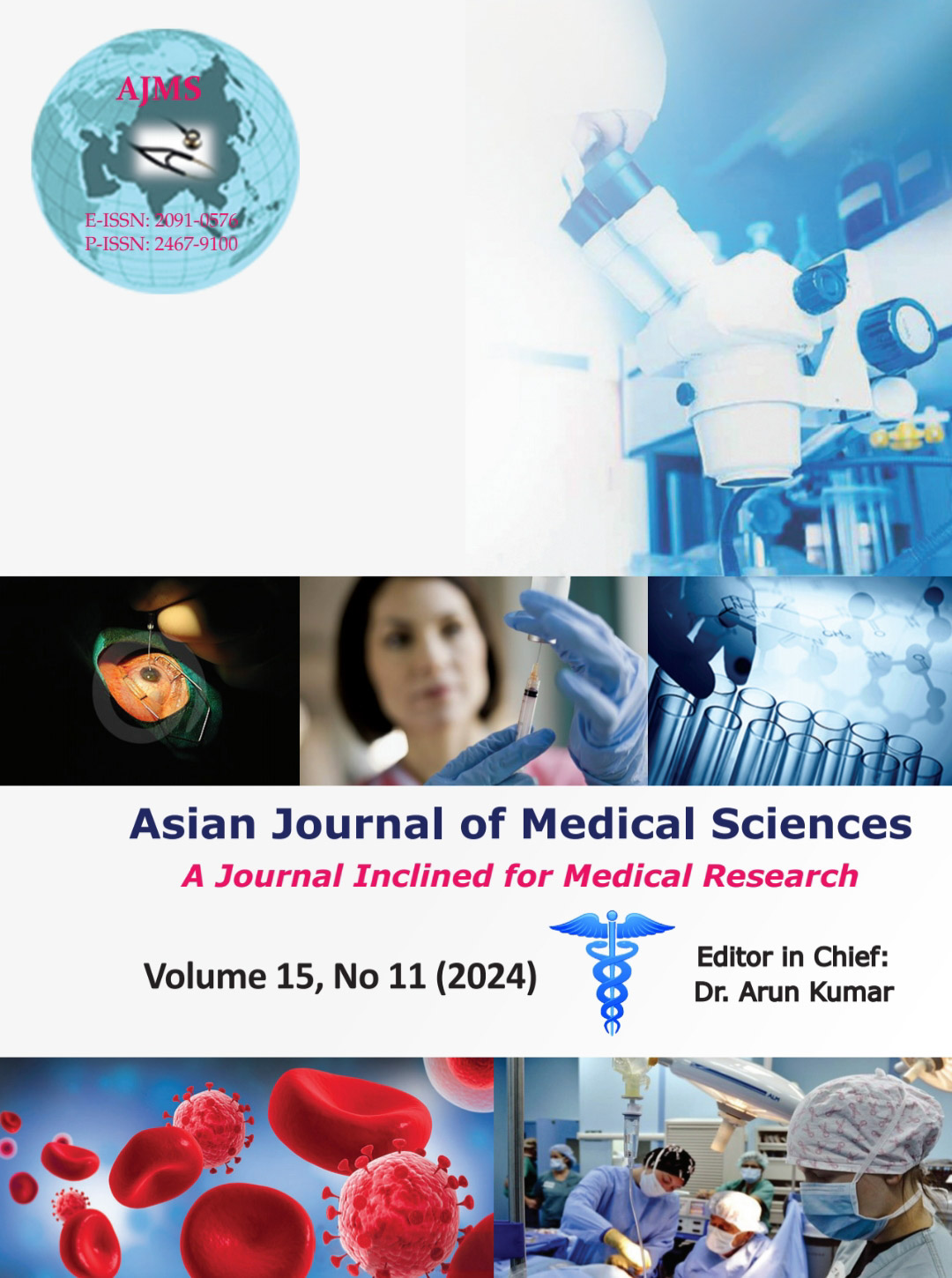Assessment of carotid artery hemodynamic profile in young patients presenting with acute coronary syndrome – a cross-sectional study from a tertiary care center in South India
Keywords:
Coronary artery disease; Carotid intima-media thickness; Carotid artery hemodynamics; Coronary artery disease in youngAbstract
Background: Coronary artery disease (CAD) prevalence in young individuals is rising, particularly in South Asian populations. Carotid artery hemodynamic parameters and their relation with CAD have not been studied much in young patients.
Aims and Objectives: The aim of the study was to study the relationship between Carotid artery hemodynamic parameters, and CAD severity in young patients.
Materials and Methods: A cross-sectional and single-center study was conducted involving consecutive patients undergoing coronary angiography due to acute coronary syndrome and aged under 40. Carotid ultrasonography and Doppler were performed to assess Carotid artery hemodynamic parameters. Gensini and SYNTAX scores were used to evaluate the severity and complexity of CAD. A total of 136 patients were included in the study.
Results: The mean age was 36.24±4.030 years, with 92 males. CAD patients demonstrated significantly increased carotid intima-media thickness (CIMT) (0.730±0.157 vs. 0.488±0.09; P<0.001) and resistive index (RI) in the right internal carotid artery (RICA) (P=0.004). Carotid blood flow velocities were significantly reduced in CAD patients, including peak systolic velocity (PSV) in both the RICA and left ICA (LICA) (P<0.05) and end-diastolic velocity of the RICA (P=0.049). Mean SYNTAX 9.526±6.762 and mean Gensini 23.403±18.58. CIMT correlated significantly with CAD complexity in terms of vessels involved (P=0.036) and of SYNTAX score (P=0.046). CIMT, PSV RICA, PSV LICA, and RI RICA are the significant CAD predictors.
Conclusion: CIMT and Carotid artery hemodynamic parameters are valuable predictors of CAD occurrence, severity, and complexity even in young individuals, highlighting their clinical utility in risk assessment for this population.
Downloads
Downloads
Published
How to Cite
Issue
Section
License
Copyright (c) 2024 Asian Journal of Medical Sciences

This work is licensed under a Creative Commons Attribution-NonCommercial 4.0 International License.
Authors who publish with this journal agree to the following terms:
- The journal holds copyright and publishes the work under a Creative Commons CC-BY-NC license that permits use, distribution and reprduction in any medium, provided the original work is properly cited and is not used for commercial purposes. The journal should be recognised as the original publisher of this work.
- Authors are able to enter into separate, additional contractual arrangements for the non-exclusive distribution of the journal's published version of the work (e.g., post it to an institutional repository or publish it in a book), with an acknowledgement of its initial publication in this journal.
- Authors are permitted and encouraged to post their work online (e.g., in institutional repositories or on their website) prior to and during the submission process, as it can lead to productive exchanges, as well as earlier and greater citation of published work (See The Effect of Open Access).




